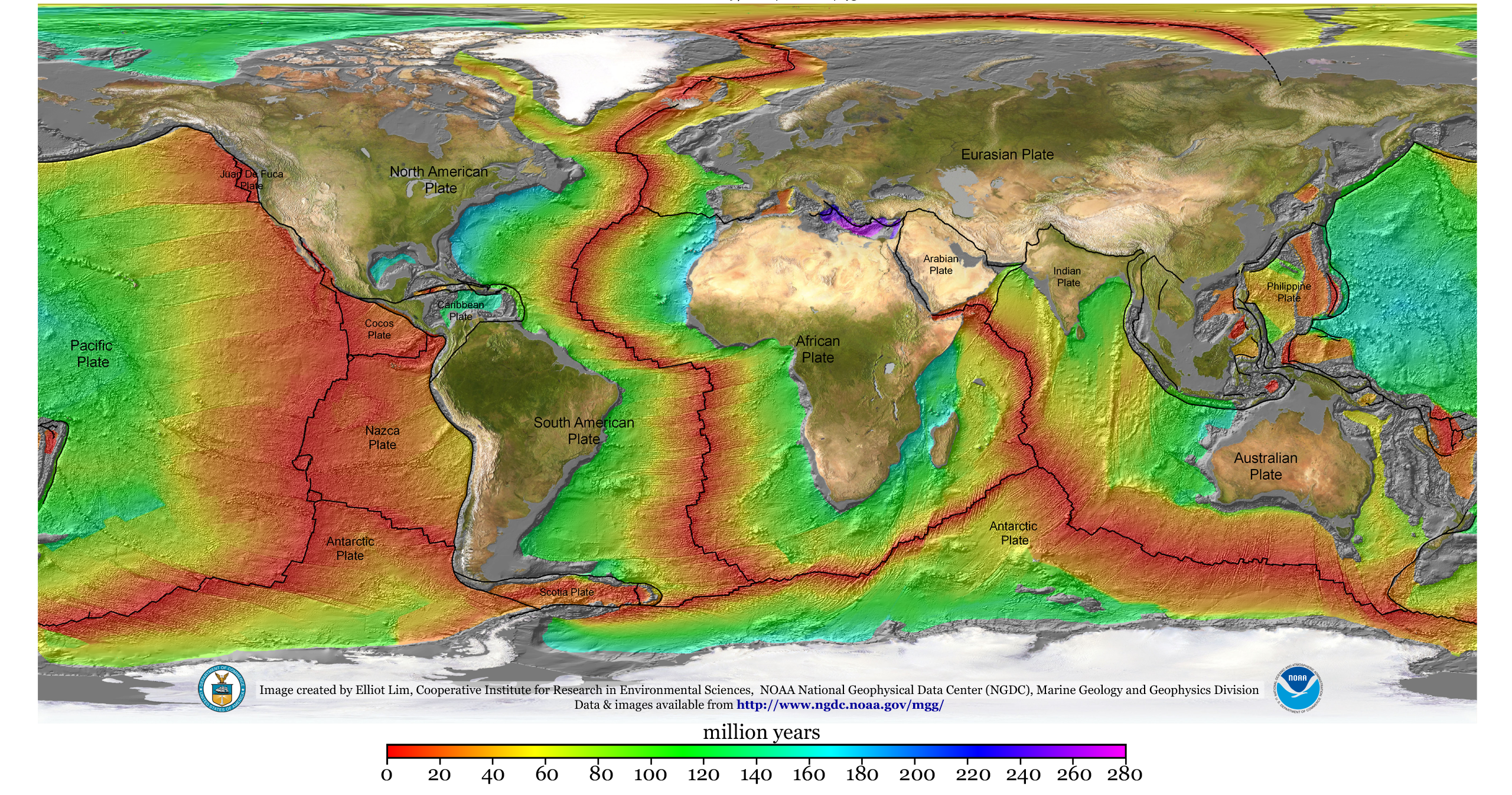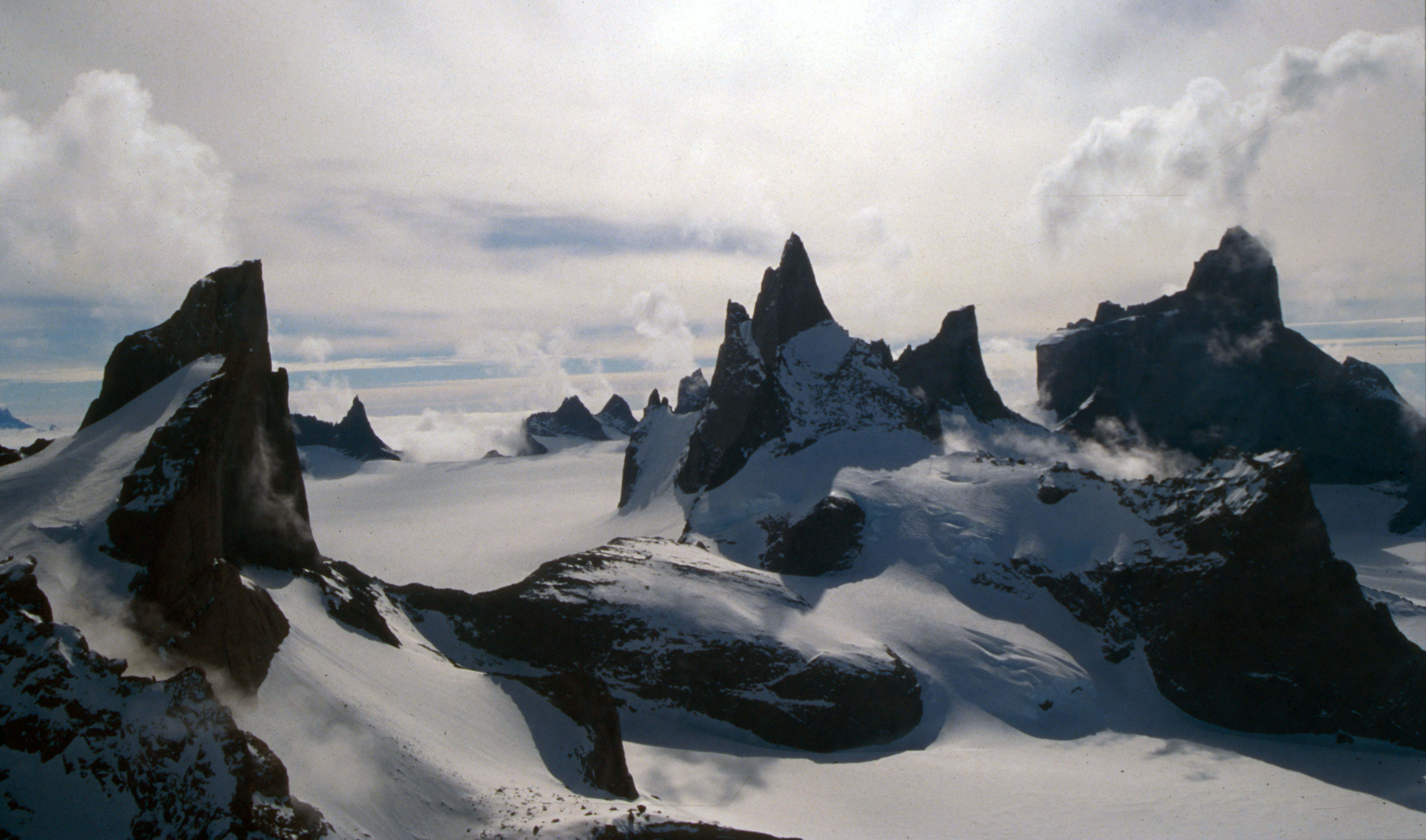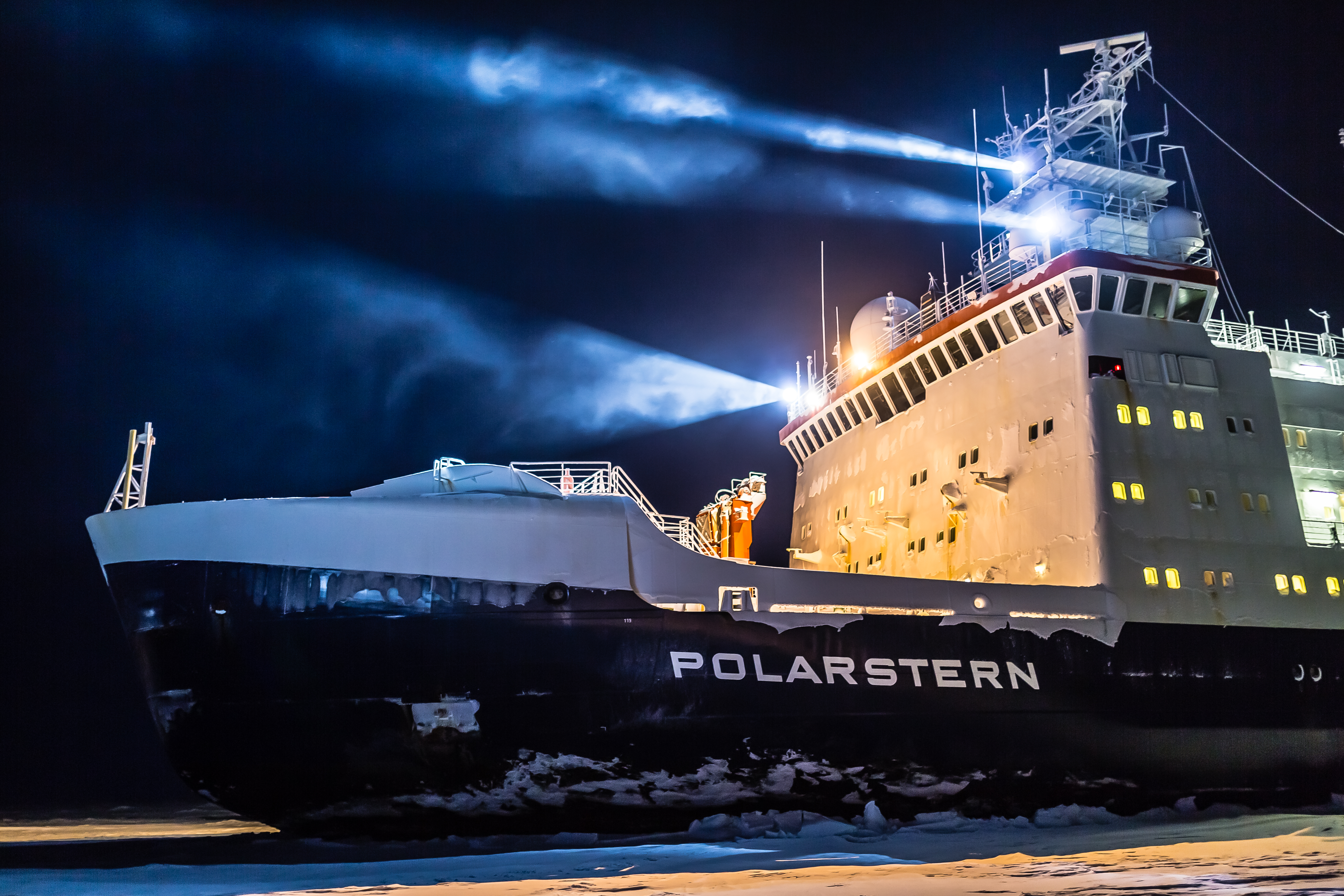|
Heinz Kohnen
Heinz Kohnen (5 February 1938 – 25 July 1997) was a German scientist and geophysicist known for his work in polar research. Kohnen helped determine the site of the first German Antarctic station during an expedition from 1979-1980. Kohnen-Station, a field station on Dronning Maud Land, Antarctica Antarctica () is Earth's southernmost and least-populated continent. Situated almost entirely south of the Antarctic Circle and surrounded by the Southern Ocean, it contains the geographic South Pole. Antarctica is the fifth-largest co ..., is named after him. References German geophysicists 1938 births 1997 deaths {{Germany-scientist-stub ... [...More Info...] [...Related Items...] OR: [Wikipedia] [Google] [Baidu] |
Oberhausen, Germany
Oberhausen (, ) is a city on the river Emscher in the Ruhr Area, Germany, located between Duisburg and Essen ( ). The city hosts the International Short Film Festival Oberhausen and its Gasometer Oberhausen is an anchor point of the European Route of Industrial Heritage. History Oberhausen was named for its 1847 railway station which had taken its name from the Oberhausen Castle. The new borough was formed in 1862 following inflow of people for the local coal mines and steel mills. Awarded town rights in 1874, Oberhausen absorbed several neighbouring boroughs including Alstaden, parts of Styrum and Dümpten in 1910. Oberhausen became a city in 1901, and they incorporated the towns of Sterkrade and Osterfeld in 1929. The Ruhrchemie AG synthetic oil plant ("Oberhausen-Holten" or "Sterkrade/Holten") was a bombing target of the oil campaign of World War II, and the US forces reached the plant by 4 April 1945. In 1973, Thyssen AG employed 14,000 people in Oberhausen in the stee ... [...More Info...] [...Related Items...] OR: [Wikipedia] [Google] [Baidu] |
Nienberge
Nienberge is a German community. It was independent until 1975 and has been part of Münster, North Rhine-Westphalia, since, located in the north-west of the town. It houses around 7,000 people. The independent community became part of Münster on 1 January 1975. Sights * , Catholic parish church with late-Romanesque steeple (c. 1200) and late-Gothic nave (1499) * , built by Johann Conrad Schlaun in Baroque style, later home of Annette von Droste-Hülshoff * Orgelmuseum Fleiter People from Nienberge * Annette von Droste-Hülshoff (1797–1848), poet and composer, her mother Therese, née von Haxthausen (1772–1853), her sister Jenny von Droste zu Hülshoff (1795–1859) and Jenny's nephews Moritz and Friedrich von Droste zu Hülshoff (1833–1905) * Rolf Krumsiek (1934–2009), politician (SPD), Minister für Wissenschaft und Forschung and Justizminister of North Rhine-Westphalia * Harald Sievers (born 1975), politician (CDU), Landrat of Landkreis Ravensburg * Christia ... [...More Info...] [...Related Items...] OR: [Wikipedia] [Google] [Baidu] |
Germany
Germany, officially the Federal Republic of Germany (FRG),, is a country in Central Europe. It is the most populous member state of the European Union. Germany lies between the Baltic and North Sea to the north and the Alps to the south. Its 16 constituent states have a total population of over 84 million in an area of . It borders Denmark to the north, Poland and Czechia to the east, Austria and Switzerland to the south, and France, Luxembourg, Belgium, and the Netherlands to the west. The nation's capital and most populous city is Berlin and its main financial centre is Frankfurt; the largest urban area is the Ruhr. Settlement in what is now Germany began in the Lower Paleolithic, with various tribes inhabiting it from the Neolithic onward, chiefly the Celts. Various Germanic tribes have inhabited the northern parts of modern Germany since classical antiquity. A region named Germania was documented before AD 100. In 962, the Kingdom of Germany formed the ... [...More Info...] [...Related Items...] OR: [Wikipedia] [Google] [Baidu] |
Geophysics
Geophysics () is a subject of natural science concerned with the physical processes and physical properties of the Earth and its surrounding space environment, and the use of quantitative methods for their analysis. The term ''geophysics'' sometimes refers only to solid earth applications: Earth's shape; its gravitational and magnetic fields; its internal structure and composition; its dynamics and their surface expression in plate tectonics, the generation of magmas, volcanism and rock formation. However, modern geophysics organizations and pure scientists use a broader definition that includes the water cycle including snow and ice; fluid dynamics of the oceans and the atmosphere; electricity and magnetism in the ionosphere and magnetosphere and solar-terrestrial physics; and analogous problems associated with the Moon and other planets. Gutenberg, B., 1929, Lehrbuch der Geophysik. Leipzig. Berlin (Gebruder Borntraeger). Runcorn, S.K, (editor-in-chief), 1967, Interna ... [...More Info...] [...Related Items...] OR: [Wikipedia] [Google] [Baidu] |
Polar Regions
The polar regions, also called the frigid zones or polar zones, of Earth are the regions of the planet that surround its geographical poles (the North and South Poles), lying within the polar circles. These high latitudes are dominated by floating sea ice covering much of the Arctic Ocean in the north, and by the Antarctic ice sheet on the continent of Antarctica and the Southern Ocean in the south. Definitions The Arctic has various definitions, including the region north of the Arctic Circle (currently Epoch 2010 at 66°33'44" N), or just the region north of 60° north latitude, or the region from the North Pole north to the timberline. The Antarctic is usually defined simply as south of 60° south latitude, or the continent of Antarctica. The 1959 Antarctic Treaty uses the former definition. The two polar regions are distinguished from the other two climatic and biometric belts of Earth, a tropics belt near the equator, and two middle latitude regions located between ... [...More Info...] [...Related Items...] OR: [Wikipedia] [Google] [Baidu] |
Scientist
A scientist is a person who conducts scientific research to advance knowledge in an area of the natural sciences. In classical antiquity, there was no real ancient analog of a modern scientist. Instead, philosophers engaged in the philosophical study of nature called natural philosophy, a precursor of natural science. Though Thales (circa 624-545 BC) was arguably the first scientist for describing how cosmic events may be seen as natural, not necessarily caused by gods,Frank N. Magill''The Ancient World: Dictionary of World Biography'', Volume 1 Routledge, 2003 it was not until the 19th century that the term ''scientist'' came into regular use after it was coined by the theologian, philosopher, and historian of science William Whewell in 1833. In modern times, many scientists have advanced degrees in an area of science and pursue careers in various sectors of the economy such as academia, industry, government, and nonprofit environments.'''' History The roles ... [...More Info...] [...Related Items...] OR: [Wikipedia] [Google] [Baidu] |
Geophysicist
Geophysics () is a subject of natural science concerned with the physical processes and physical properties of the Earth and its surrounding space environment, and the use of quantitative methods for their analysis. The term ''geophysics'' sometimes refers only to solid earth applications: Earth's shape; its gravitational and magnetic fields; its internal structure and composition; its dynamics and their surface expression in plate tectonics, the generation of magmas, volcanism and rock formation. However, modern geophysics organizations and pure scientists use a broader definition that includes the water cycle including snow and ice; fluid dynamics of the oceans and the atmosphere; electricity and magnetism in the ionosphere and magnetosphere and solar-terrestrial physics; and analogous problems associated with the Moon and other planets. Gutenberg, B., 1929, Lehrbuch der Geophysik. Leipzig. Berlin (Gebruder Borntraeger). Runcorn, S.K, (editor-in-chief), 1967, Internat ... [...More Info...] [...Related Items...] OR: [Wikipedia] [Google] [Baidu] |
Kohnen-Station
Kohnen-Station is a German summer-only polar research station in the Antarctic, able to accommodate up to 28 people. It is named after the geophysicist Heinz Kohnen (1938–1997), who was for a long time the head of logistics at the Alfred Wegener Institute. The station opened on January 11, 2001, in Dronning Maud Land. The station is located at 75°00'S, 00°04'E, and 2892 m above sea level. It is located 757 km southeast of Neumayer-Station III, which lies on the Ekstrom Ice Shelf and provides logistics and administration for Kohnen-Station. Like the United Kingdom's Halley V station, the base is built on steel legs allowing the station to be jacked up as the height of the snow surface increases. The station contains a radio room, a mess room, a kitchen, bathrooms, two bedrooms, a snow melter, a store, a workshop, and a power plant (100 kW). It is supplied by a convoy of 6 towing vehicles, which carry up to 20 tons each, and 17 sledges. The base is resupplied t ... [...More Info...] [...Related Items...] OR: [Wikipedia] [Google] [Baidu] |
Dronning Maud Land
Queen Maud Land ( no, Dronning Maud Land) is a roughly region of Antarctica claimed by Norway as a dependent territory. It borders the claimed British Antarctic Territory 20° west and the Australian Antarctic Territory 45° east. In addition, a small unclaimed area from 1939 was annexed in June 2015. Positioned in East Antarctica, it makes out about one-fifth of the continent, and is named after the Norwegian queen Maud of Wales (1869–1938). In 1930, the Norwegian Hjalmar Riiser-Larsen was the first person known to have set foot in the territory. On 14 January 1939, the territory was claimed by Norway. On 23 June 1961, Queen Maud Land became part of the Antarctic Treaty System, making it a demilitarised zone. It is one of two Antarctic claims made by Norway, the other being Peter I Island. They are administered by the Polar Affairs Department of the Norwegian Ministry of Justice and Public Security in Oslo. Most of the territory is covered by the east Antarctic ice sh ... [...More Info...] [...Related Items...] OR: [Wikipedia] [Google] [Baidu] |
Antarctica
Antarctica () is Earth's southernmost and least-populated continent. Situated almost entirely south of the Antarctic Circle and surrounded by the Southern Ocean, it contains the geographic South Pole. Antarctica is the fifth-largest continent, being about 40% larger than Europe, and has an area of . Most of Antarctica is covered by the Antarctic ice sheet, with an average thickness of . Antarctica is, on average, the coldest, driest, and windiest of the continents, and it has the highest average elevation. It is mainly a polar desert, with annual precipitation of over along the coast and far less inland. About 70% of the world's freshwater reserves are frozen in Antarctica, which, if melted, would raise global sea levels by almost . Antarctica holds the record for the lowest measured temperature on Earth, . The coastal regions can reach temperatures over in summer. Native species of animals include mites, nematodes, penguins, seals and tardigrades. Where ve ... [...More Info...] [...Related Items...] OR: [Wikipedia] [Google] [Baidu] |
Alfred Wegener Institute For Polar And Marine Research
The Alfred Wegener Institute, Helmholtz Centre for Polar and Marine Research (German: ''Alfred-Wegener-Institut, Helmholtz-Zentrum für Polar- und Meeresforschung'') is located in Bremerhaven, Germany, and a member of the Helmholtz Association of German Research Centres. It conducts research in the Arctic, the Antarctic, and the high and mid latitude oceans. Additional research topics are: North Sea research, marine biological monitoring, and technical marine developments. The institute was founded in 1980 and is named after meteorologist, climatologist, and geologist Alfred Wegener. History The foundation of the AWI happened in a political environment that was characterized by system competition between East and West. The GDR had been conducting its own Antarctic research for decades. In the 1970s it became clear that there would be one scarcity of biological- and mineral resources. Also due to the experience of the oil crisis of 1973, the Federal Republic of Germany decided ... [...More Info...] [...Related Items...] OR: [Wikipedia] [Google] [Baidu] |
German Geophysicists
German(s) may refer to: * Germany (of or related to) **Germania (historical use) * Germans, citizens of Germany, people of German ancestry, or native speakers of the German language ** For citizens of Germany, see also German nationality law **Germanic peoples (Roman times) * German language **any of the Germanic languages * German cuisine, traditional foods of Germany People * German (given name) * German (surname) * Germán, a Spanish name Places * German (parish), Isle of Man * German, Albania, or Gërmej * German, Bulgaria * German, Iran * German, North Macedonia * German, New York, U.S. * Agios Germanos, Greece Other uses * German (mythology), a South Slavic mythological being * Germans (band), a Canadian rock band * "German" (song), a 2019 song by No Money Enterprise * ''The German'', a 2008 short film * "The Germans", an episode of ''Fawlty Towers'' * ''The German'', a nickname for Congolese rebel André Kisase Ngandu See also * Germanic (other) ... [...More Info...] [...Related Items...] OR: [Wikipedia] [Google] [Baidu] |







